The pet industry is still benefiting from the upswing it experienced during the pandemic years. This is particularly evident in the population figures. Even if it is true that, as has been widely reported, many new dog and cat owners gave up their hobby after the Covid-19 pandemic and handed their four-legged friend into an animal shelter, the number of dogs and cats in 2022 was still higher than in the pre-pandemic year of 2019.
Premium remains the trend
From conversations this editorial team has had with retailers and industry representatives from various countries, it is clear that pet owners' spending on dog and cat food has remained high in recent years. Much of this may have been driven by inflation in 2023. Nevertheless, there is much to suggest that the premiumisation of the pet food market, which recently suffered a slight dip due to high inflation rates, is likely to continue in the medium to long term. One reason for this is the increased health awareness of consumers, which is playing an increasingly important role not only when purchasing food, but also pet food. Megatrends such as health and sustainability are indeed among the market drivers that will remain important in the coming years.
Greater price sensitivity
It should not be overlooked, however, that with the rise in inflation, the price sensitivity of many dog and cat owners has also increased. Of course, there are many pet owners who first save money on themselves and only then on their pets. Yet it is a fact that some consumers are also exercising restraint when it comes to buying pet products and are visiting pet shops less frequently than before. Since last year, a number of owners have suddenly “only“ been buying premium instead of super-premium products for their dogs. Others have switched to cheaper private label brands. Still others remain loyal to their favourite dog and cat food brands, but only buy them when they are on special offer. It is unclear which sales channels have benefited most from the ups and downs of recent years. It is often claimed that online retail boomed during the pandemic and grew faster than brick-and-mortar retail, while e-commerce is said to have suffered a significant drop in sales when Covid-19 subsided. It is doubtful whether this trend, which may have occurred in many countries for electrical goods and textiles, also applies to pet products. Europe's market leader in pet retail, Fressnapf, reported growth in online sales of 20 per cent for 2023 compared with the previous year – this doesn’t equate to a crisis. Although Zooplus does not publish sales figures, the pure player from the southern German metropolis of Munich is also unlikely to have experienced a slump in sales last year.
Treats and wet food in particular continue to grow disproportionately strongly. Barf products are also still in vogue in many countries. All of these growth areas have become increasingly widespread on pet store shelves in recent years, and the variety of dog and cat food brands has never been greater than it is at the moment. Many retailers have constantly expanded their pet food ranges since the Covid-19 pandemic. New trends have been picked up on, the range of price categories has expanded, and alternatives to the competition have been sought and found.
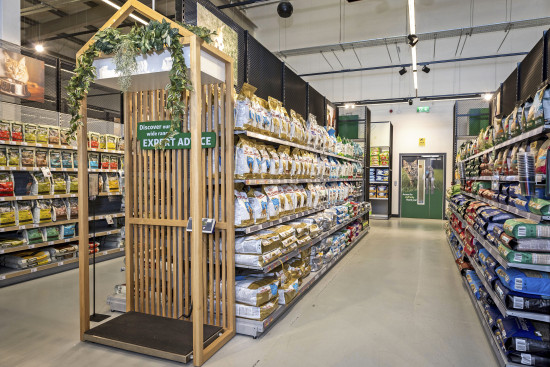
Accessories: no stagnation
The market for dog and cat accessories has not developed quite as dynamically in recent years. This is evident in the development of sales as well as in the innovative strength of this segment. However, there is no question of the market stagnating. Market data from recent years shows that the sales volume in 2022 will still be higher than before the pandemic. Grocery outlets, which now offer a basic range of dog and cat accessories in many of their larger stores, are likely to play a part in this. Pet retailers have not been sleeping, however, and have recently invested in a more attractive and higher-quality presentation of accessory products to inspire customers to shop. Upgrades can be seen in many specialist stores, particularly in seating and sleeping furniture for dogs, but also in leads, collars and harnesses.

 Menü
Menü

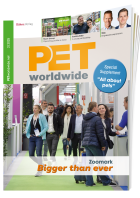



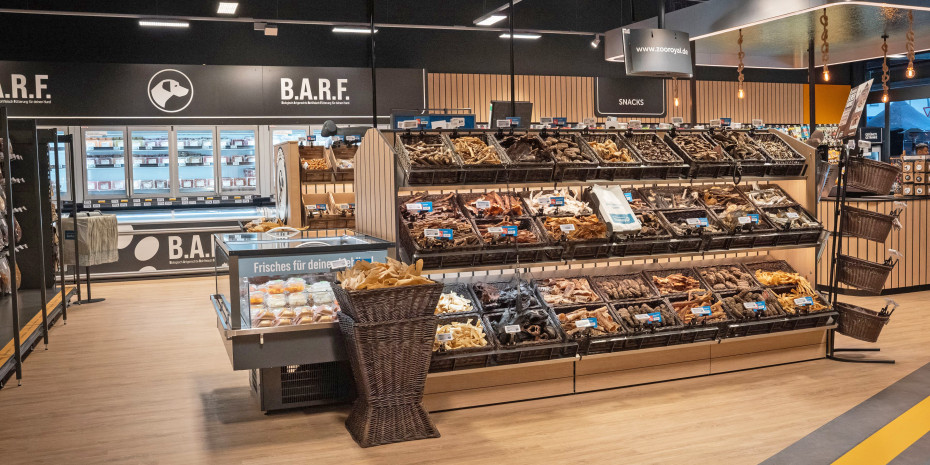




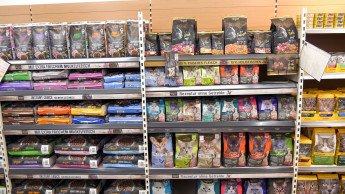

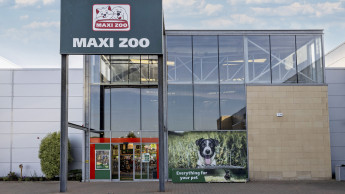
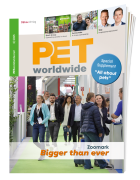
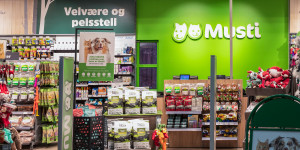

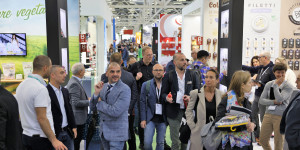

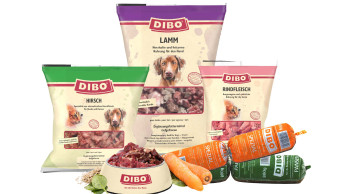
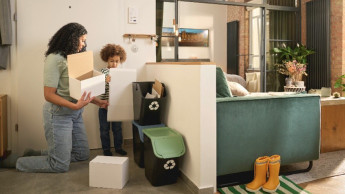
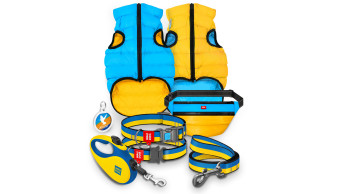
 Newsletter
Newsletter